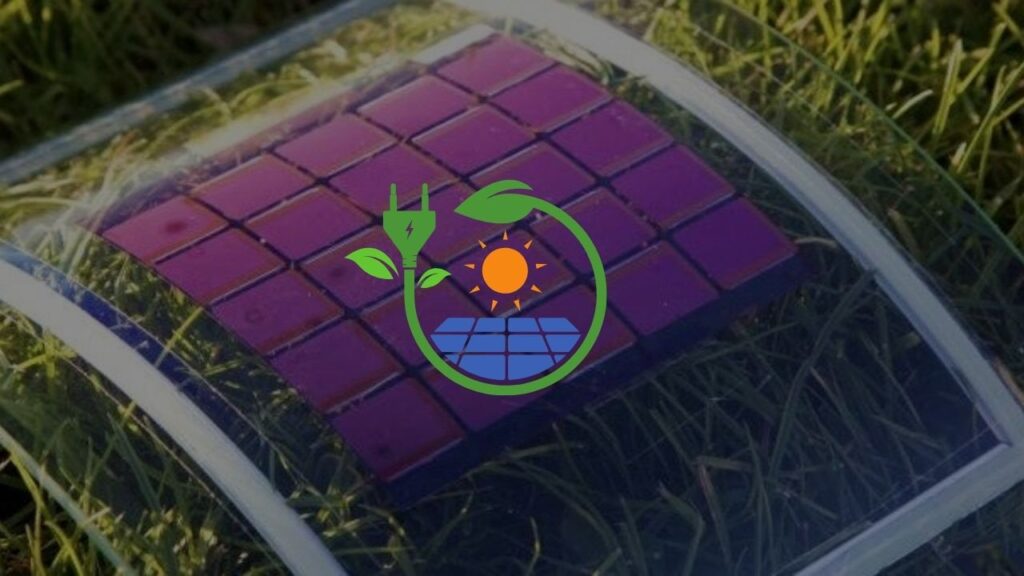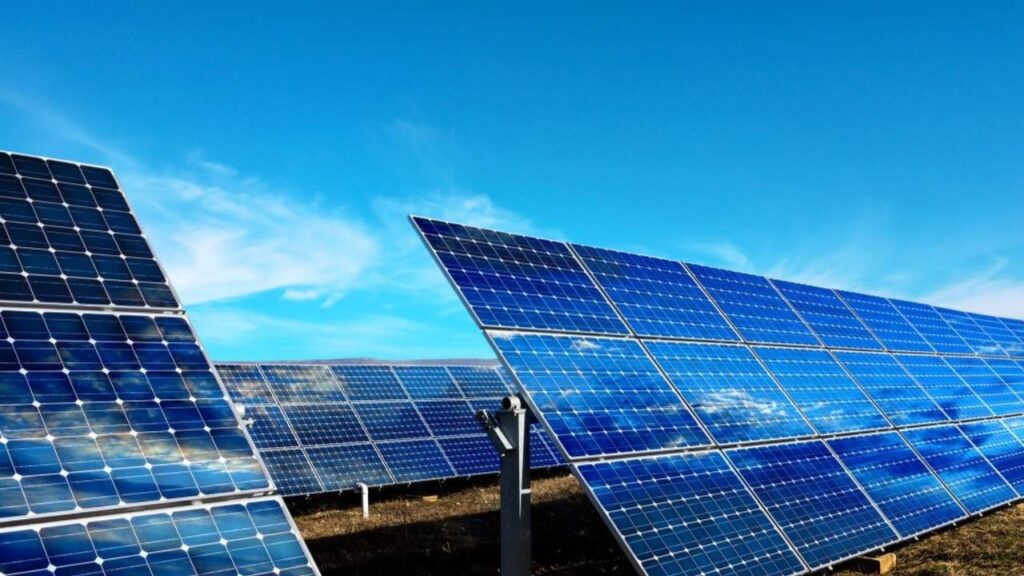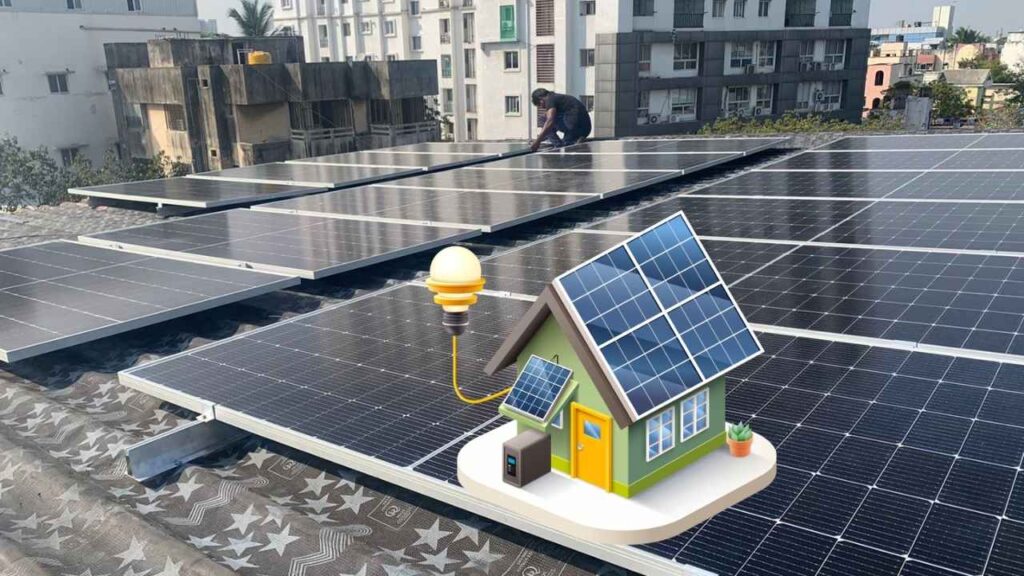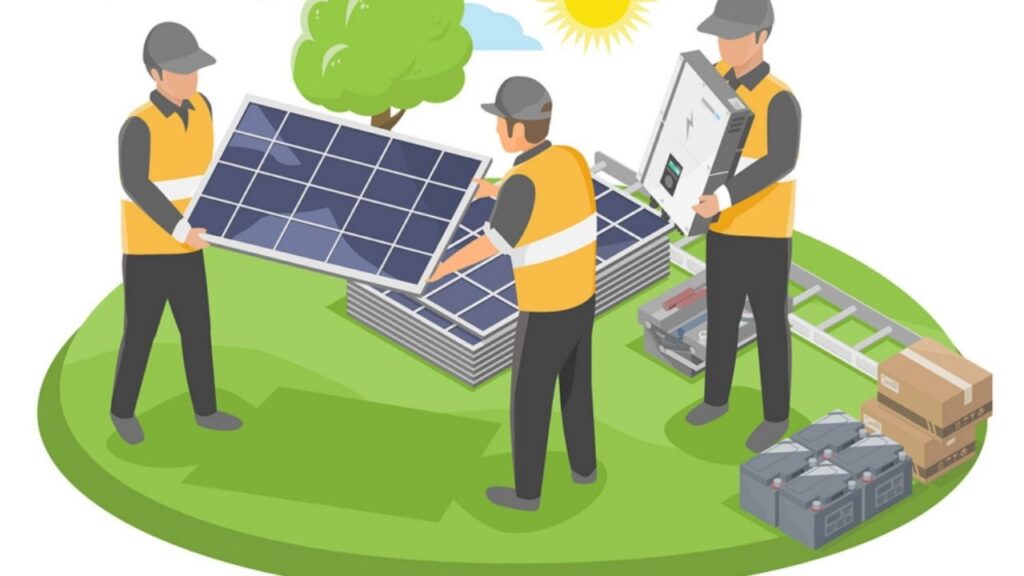Breakthroughs in Organic Solar Cells Could Change Energy Forever: The world of renewable energy is buzzing with excitement over the latest breakthroughs in organic solar cells-a technology that could truly change energy forever. Imagine solar panels that are not only lightweight and flexible, but also more affordable and easier to install than ever before. Thanks to recent scientific advancements, this vision is rapidly becoming a reality, promising a cleaner, greener, and more sustainable future for everyone.

Organic solar cells (OSCs) have long been hailed as the next big thing in solar technology. Unlike traditional silicon-based panels, OSCs use carbon-based materials that can be printed onto thin, flexible sheets. This means they can be integrated into windows, clothing, backpacks, and even curved surfaces-opening up a world of new possibilities for how we harness the sun’s power.
But until recently, OSCs faced two big challenges: they weren’t as efficient as traditional panels, and they didn’t last as long. Now, thanks to a series of remarkable breakthroughs in laboratories around the world, those barriers are falling fast.
Table of Contents
Breakthroughs in Organic Solar Cells Could Change Energy Forever
| Feature/Stat | Details & Data |
|---|---|
| Efficiency | Up to 18.5% (lab), 18%+ for larger cells |
| Operational Lifespan | 16+ years (24,700 hours at 80% efficiency) |
| Stability Improvement | 59% longer lifespan with new cross-linker additive |
| Cost Trends | Solar electricity cost dropped 85% (2010–2020) |
| Commercialization | Now viable for flexible, large-area, and building-integrated applications |
| Official Resource | SolarVault Official Website |
Breakthroughs in organic solar cells are opening the door to a new era of clean, sustainable energy. With record-setting efficiency, long-lasting durability, and unmatched flexibility, OSCs are poised to revolutionize how we generate and use solar power. Whether you’re a homeowner, a business leader, or just someone who cares about the planet, these innovations offer exciting new ways to harness the sun’s energy and build a brighter future for all.
What Are Organic Solar Cells and Why Do They Matter?
Organic solar cells are a type of photovoltaic device made from carbon-based (organic) materials instead of silicon. Think of them as super-thin, flexible stickers that can turn sunlight into electricity. Because they’re so light and bendy, they can be used in places where traditional glass panels simply can’t go-like on tents, backpacks, windows, or even curved roofs.

Why is this important?
Traditional solar panels are heavy, rigid, and require lots of energy to manufacture. OSCs, on the other hand, can be produced using low-energy, roll-to-roll printing processes, making them cheaper and more environmentally friendly. Plus, their flexibility means solar power can be harvested from more surfaces, not just rooftops.
The Science Behind the Breakthroughs
1. Boosting Efficiency: Breaking the 18% Barrier
For years, OSCs lagged behind silicon panels in efficiency. But recent research has flipped the script. Scientists at Åbo Akademi University in Finland developed a protective layer just 2 nanometers thick-about 50,000 times thinner than a human hair. This layer shields the sensitive organic materials from damage and boosts the cell’s ability to convert sunlight into electricity.
- Record Results: These improved cells achieved 18.49% efficiency in small samples and 18.06% in larger panels-levels once thought impossible for organic materials5.
- How it Works: The ultra-thin layer, made from silicon oxynitride (SiOxNy), stops tiny defects from wasting light and energy, allowing more sunlight to be converted into usable power25.
2. Longevity: Making Solar Cells Last for Decades
A big problem with OSCs has been their tendency to degrade quickly when exposed to sunlight and air. But the new protective layer also solves this issue. In lab tests, these solar cells kept 94% of their original performance after 2,000 hours of continuous light. Even more impressively, scientists estimate they’ll maintain 80% efficiency for over 16 years-a huge leap forward25.
3. Stability: The Power of Cross-Linking
Another group of researchers, led by Professor BongSoo Kim in South Korea, tackled the stability issue from a different angle. By adding a tiny amount (just 0.05%) of a special cross-linker additive to the solar cell’s structure, they improved its lifespan by over 59%14. This cross-linker acts like a molecular glue, making the cell’s structure more robust without sacrificing efficiency.
- Real-World Testing: After 70 days at 185°F (85°C), these cells still retained 93.4% of their initial efficiency-while regular cells dropped to just 58.7%14.
Why These Breakthroughs Matter for You
For Homeowners and Businesses

- Lower Costs: The cost of solar electricity has already dropped by 85% in the last decade, and OSCs could make it even cheaper1.
- Flexible Installation: Imagine solar panels that can be rolled out like wallpaper or built into windows-making it easier to add solar power to homes, offices, and even cars.
- Energy Independence: More efficient, longer-lasting panels mean you can generate more of your own power and rely less on the grid.
For the Planet

- Clean Energy: Solar power produces no emissions during operation. Shifting from fossil fuels to solar is crucial, since burning coal, oil, and gas causes 75% of global warming emissions1.
- Sustainable Manufacturing: Organic solar cells use less energy and fewer toxic materials to produce, making them a greener choice from start to finish.
For Innovators and the Solar Industry
- New Markets: Flexible, lightweight panels can be used in places traditional panels can’t-like on tents, vehicles, or wearable devices.
- Job Creation: As the technology matures, new manufacturing and installation jobs will emerge in the green energy sector.
How to Get Started with Organic Solar Cells
Step 1: Stay Informed
Keep an eye on reputable sources like SolarVault, ScienceBlog, and PVKnowHow for the latest developments. Many companies are already piloting OSC products for commercial and residential use.
Step 2: Assess Your Needs
Think about where flexible solar panels could work for you. Do you want to power a shed, a greenhouse, or even your car? OSCs are especially great for surfaces that can’t handle the weight of traditional panels.
Step 3: Consult with Professionals
As the technology becomes more widely available, solar installers will offer new options for integrating OSCs into homes and businesses. Ask about warranties, expected lifespan, and efficiency ratings.
Step 4: Watch for New Products
The first wave of commercial OSC products is already hitting the market, especially for portable and building-integrated applications. Keep an eye out for solar-powered windows, awnings, and even backpacks.
Photonics Revolution: How Light-Based Technology is Shaping Our Digital Future
10 Emerging Materials Set to Transform Electronics in the Next Decade
From Silicon to Organic Semiconductors: The Future of Computing Explained
FAQs About Breakthroughs in Organic Solar Cells Could Change Energy Forever
Are organic solar cells as efficient as regular solar panels?
While traditional silicon panels still lead in efficiency (20–25%), organic solar cells have now reached up to 18.5% in labs-closing the gap fast25. Their flexibility and lightweight design make them ideal for many new uses.
How long do organic solar cells last?
Thanks to new protective layers and additives, OSCs can now last over 16 years while retaining 80% of their original efficiency25. This is a huge improvement over earlier versions.
Are organic solar cells safe and environmentally friendly?
Yes, OSCs use less energy and fewer hazardous materials to produce compared to silicon panels. Their lightweight nature also reduces transportation emissions.
Can I buy organic solar panels for my home right now?
Some products are available, especially for small-scale or portable uses. As the technology matures, expect to see more options for homes and businesses in the next few years.
What makes organic solar cells flexible?
They’re made from thin, carbon-based materials that can bend and flex without breaking-unlike rigid silicon wafers.
Where can I learn more or see these panels in action?
Visit SolarVault’s website for educational resources, product updates, and case studies on organic solar cell technology.
The Future: What’s Next for Organic Solar Cells?
2025 marks a turning point for solar energy. Alongside OSCs, other breakthroughs-like perovskite tandem cells and AI-powered energy management-are making solar power more efficient and affordable than ever before68. As manufacturing costs drop and new applications emerge, solar energy is set to become the world’s most competitive energy source.
Governments, research institutions, and private companies are investing heavily in OSC research and commercialization. The goal? To make clean, flexible, and affordable solar power accessible to everyone, everywhere7.



















